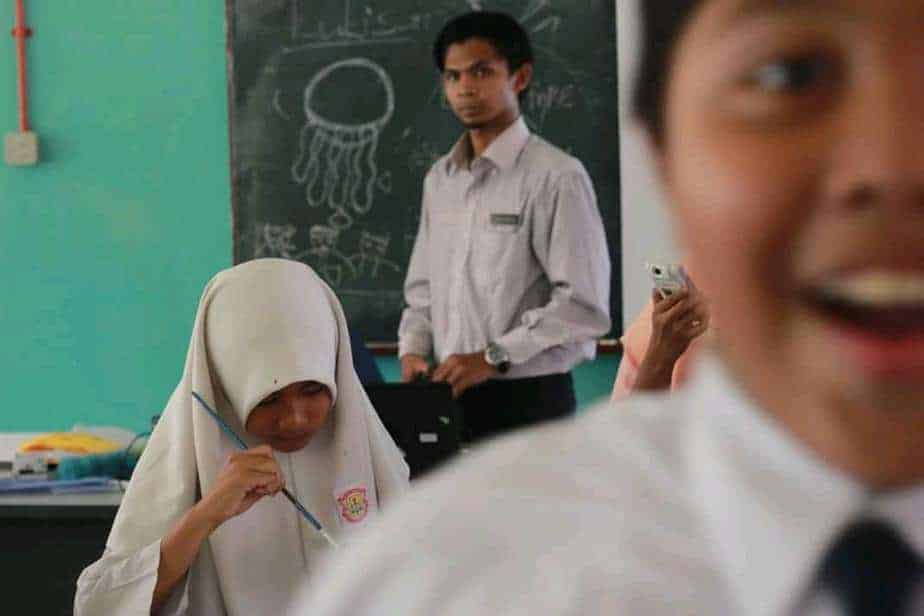Hollywood and the West in general have been remaking some of the greatest Asian movies since the 60s, picking the most commercially successful and the most adaptable productions to bring to both American and worldwide audiences. A number of them were of equal or at least similar quality, with John Sturges's “The Magnificent Seven” (based on “Seven Samurai”) and Sergio Leone's “A Fistful of Dollars” (based on Yojimbo”) being some of the most prominent samples. At the same time, however, and particularly after the 90s, the quality of remakes decreased significantly, resulting in a series of remakes that can only be described as truly awful, even though, on occasion, they were directed by the same filmmakers who shot the originals. Here, we have included 15 of the worst ones, in random order.
1. Ju-On: The Grudge (Takashi Shimizu, Japan, 2002) Remake: The Grudge (Takashi Shimizu, USA, 2004)
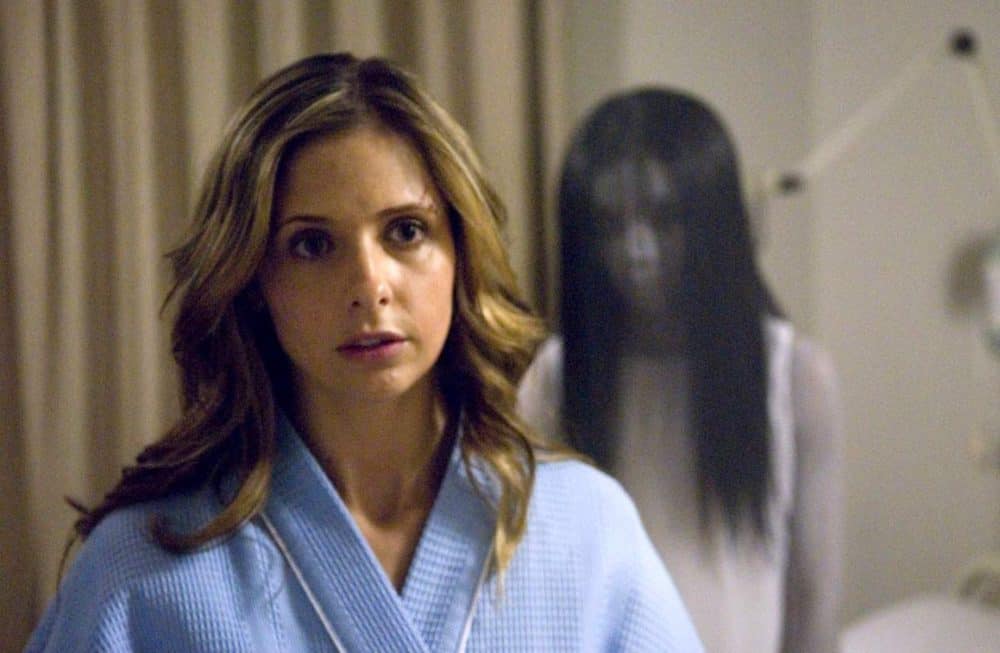
Takashi Shimizu, who was also the screenwriter, puts the events in a non-chronological order, trying to combine the terror with deeper thought. He manages to direct a truly horrifying movie, whose most distinguishing feature is the fact that the most suspenseful and terrifying scenes occur in the light of the day. Although the iconic Takako Fuji retained her role as Kayako in both films, the rest of the casting was a bit off, with Sarah Michelle Gellar being an unlucky choice for the main role. Furthermore, and in spite of the fact that the adaptation has its scary moments, it did not manage to maintain the overall horrific atmosphere of the original, instead resorting to abrupt sound and sudden appearances in order to scare.
2. Bangkok Dangerous (Pang Brothers, Thailand, 2000) Remake: Bangkok Dangerous (Pang Brothers, USA, 2008)
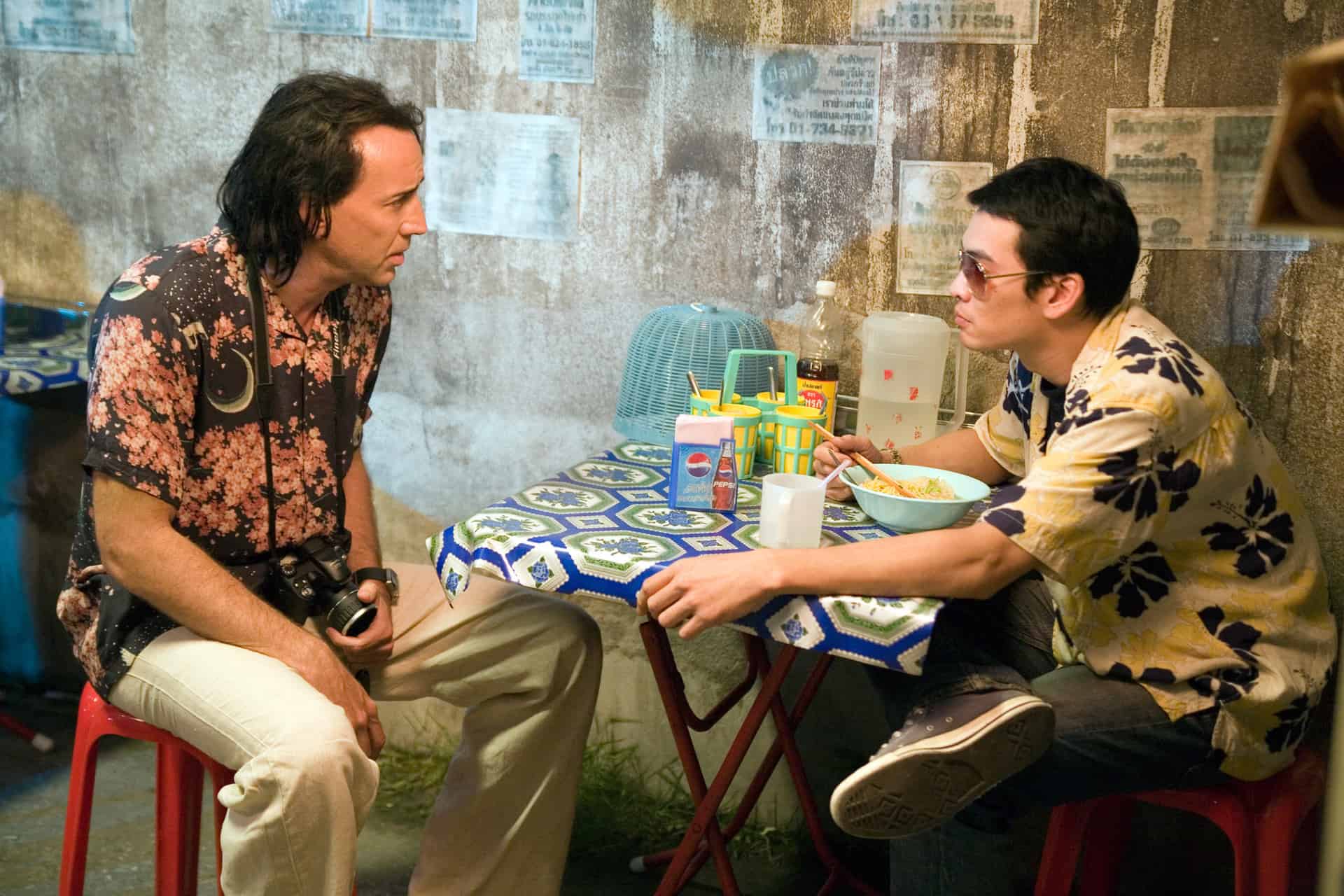
The original implements a permeating “underground” sense, which is assisted by the rapid-cut montage, the greenish fluorescent lights (similar to those in Wong Kar-wai's films), and the pervasive violence that seems to exist everywhere in Bangkok. In the adaptation, the Pang Brothers kept the film in Bangkok, but adapted the script to a larger degree, since Joe, the protagonist, is an American killer for hire who becomes a mentor for Joe, a small-time crook, only to disappoint him. The atmosphere of the remake is more or less the same, but the directors toned down the violence, while the script appears somewhat incoherent at times, resulting in a film that is dull at moments, a flaw that Nicolas Cage's performance does not soothe in any way.
3. Dark Water (Hideo Nakata, Japan, 2002) Remake: Dark Water (Walter Salles, USA, 2005)
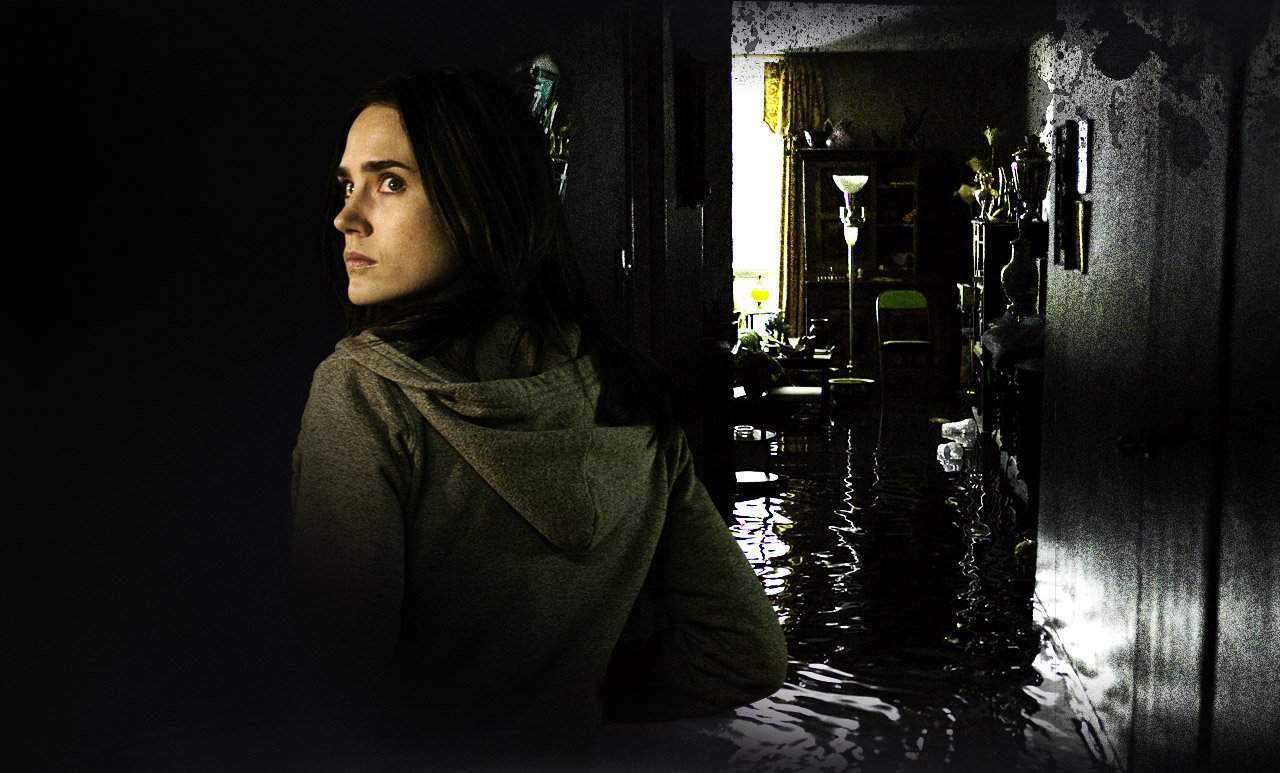
Hideo Nakata directs a similarly atmospheric film with “The Ring”, simply replacing technophobia with hydrophobia, thus managing to create an equally accomplished movie. Walter Salles kept the original film's script for the most part, and even included an all-star cast including Jennifer Connelly, John C. Reilly, Tim Roth and Pete Postlethwaite. However, he failed to maintain the psychological horror and the permeating sadness of the Japanese film, instead focusing on the disturbed world of his protagonist, thus presenting a movie that mostly looks like a psychograph. In the end, he tried to include the horror element, in an effort that resulted in an outcome that is too superficial to be a psychological drama, and too hesitant to be a horror film.
4. The Eye (Pang Brothers, Hong Kong, 2002) Remake: The Eye (David Moreau, 2008)
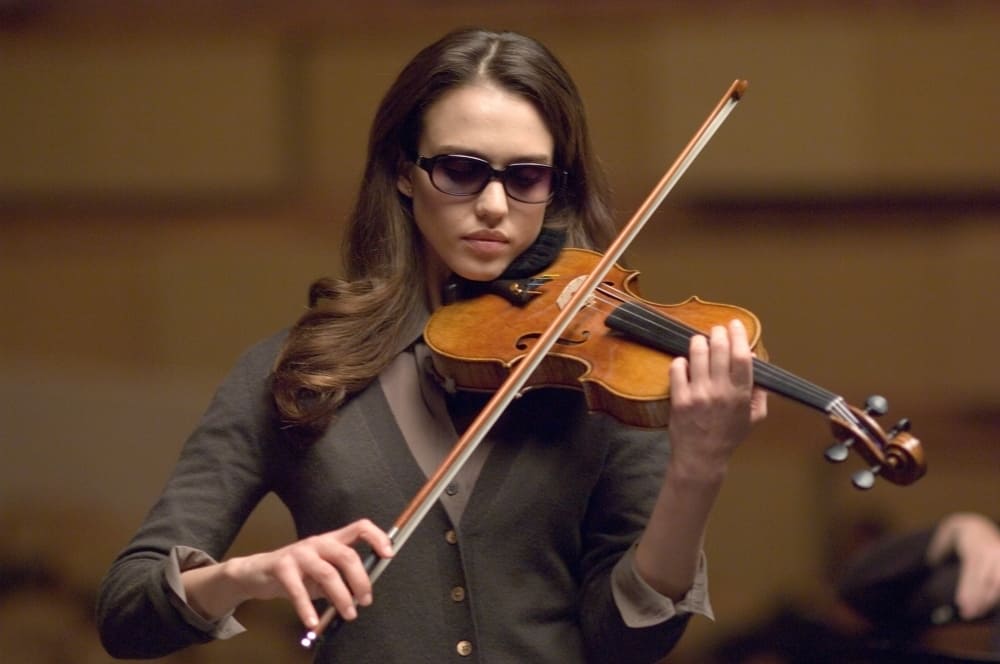
The biggest asset of the original is its technical fluidity. It has masterful direction by the Pang Brothers, solid acting, impressive cinematography and editing, an excellent score, and horrifying special effects. David Moreau failed to adapt the general horror atmosphere of the original, instead resorting to hyperbolic (due to their frequency) scenes of terror that may scare at moments, but mostly end up being tedious. The comparison between the two protagonists, Angelica Lee and Jessica Alba, definitely favors the first.
5. Pulse (Kiyoshi Kurosawa, 2001, Japan) Remake: Pulse (Jim Sonzero, 2006)
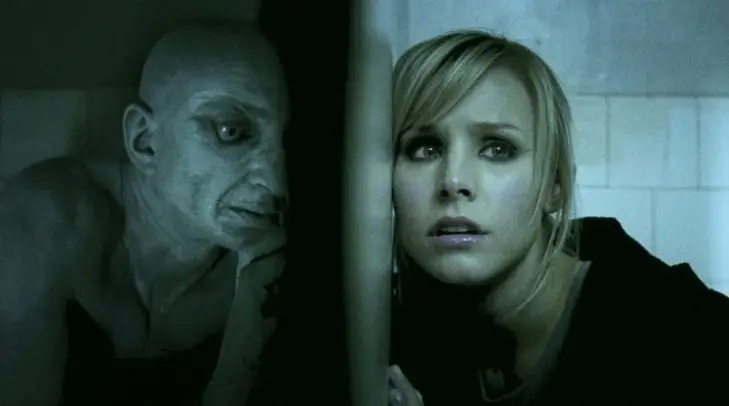
While the intentions were never gonna match what the original accomplished, this is still a horridly wretched effort. The lack of information about the ghosts is a sign of the weak storyline that permeates the film, offering up the only time we get any knowledge about the technological advancements of the ghosts at the final ten minutes. Too little too late for anything. Tacked on top of that is a general lack of action that wastes a lot of time on needless technical exposition resulting in no kind of fear from the ghosts, as they're not on-screen all that much. This would be tolerable if only the whole production wasn't graced with the most unappealing, drab, grey tone that sucks the life out of everything here. It all combines together into a nearly unwatchable genre effort.

6. Shall We Dance? (Masayuki Suo, 1996, Japan) Remake: Shall We Dance? (Peter Chelsom, 2004)

Peter Chelsom came in full guns blazing with a high profile starcast involving Richard Gere, Susan Sarandon, and Jennifer Lopez for his remake of the Japanese “Shall We Dance?”, but that also proved detrimental of sorts as the feature wasn't able to recreate the charm that the original carried so effortlessly. In relocating to America, the cultural references were also lost, resulting in a lacklustre and very forgettable final product.
7. My Sassy Girl (Kwan Jae-yong, 2001, South Korea) Remake: My Sassy Girl (Yann Samuell, 2008)

These days, if someone mentions a romcom from Korea, it is still very likely to be about “My Sassy Girl”. If not, it was probably inspired by it in some way, or perhaps it paved its way. Despite some of its jokes having aged poorly, it is still worth a watch when looked at with context. Purely from a cultural and educational standpoint, for being one of the films that signified the Korean New Wave of cinema, but also just because it's a really good watch. The remake follows the original script to the letter on occasion, but is much “tamer” in its presentation, while also suffering intently from the lack of chemistry between the two protagonists, resulting in particularly Charlie being utterly unconvincing as a character.
8. Godzilla (Ishiro Honda, 1954, Japan) Remake: Godzilla (Roland Emmerich, 1998)
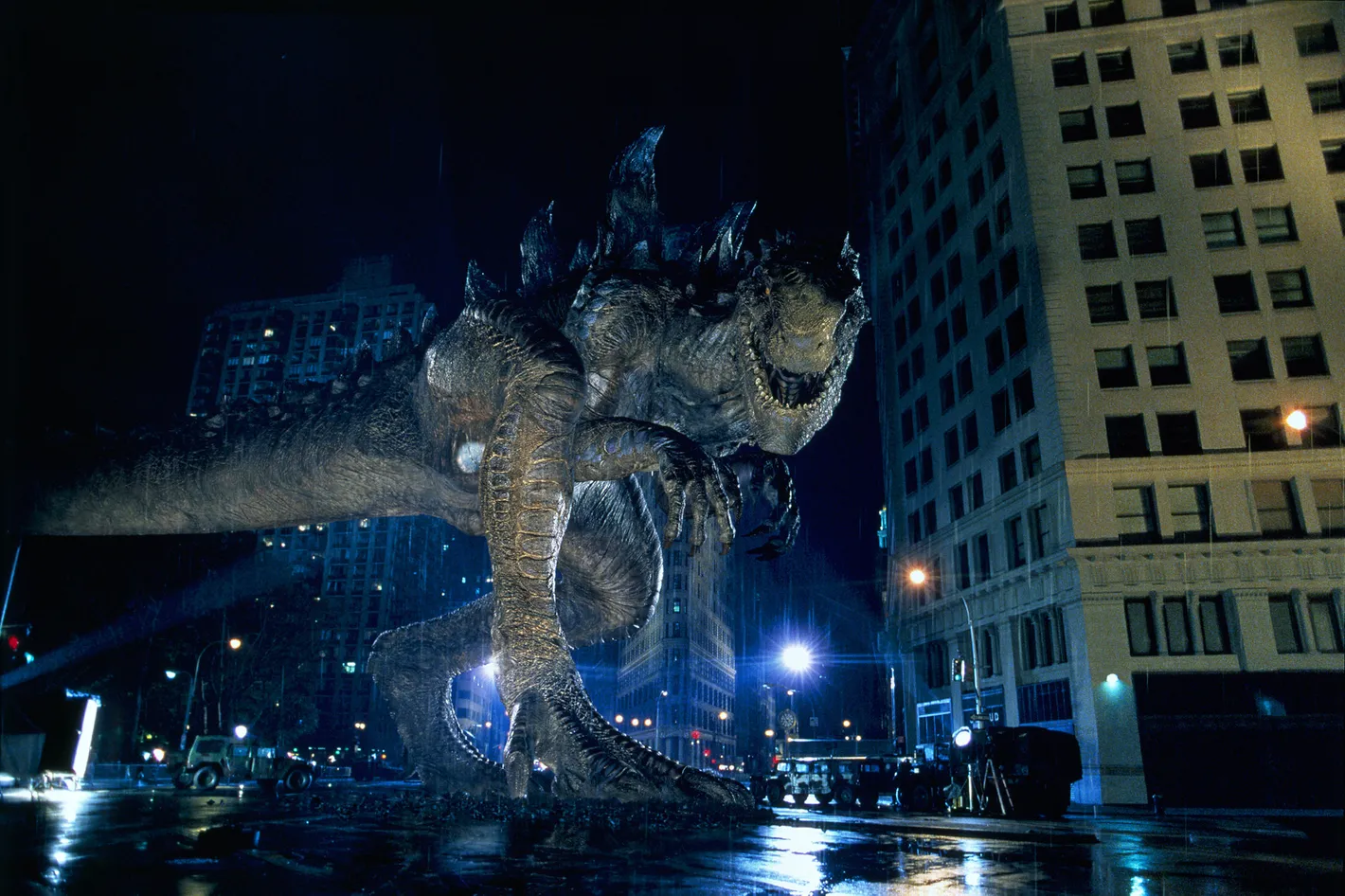
A colossal misstep nearly as big as the titular creature, “Godzilla” was a doomed film from the start. The idea of the oversimplified monster-on-the-loose format was indebted to the monster movies the original inspired, instead of matching the originals' nuclear allegory themes in any way. In addition, a series of directorial misfires ranging from awful casting choices, cringe-worthy performances, dropped plot points that go nowhere in exchange for ideas that are clearly ripped off from other films entirely, to the most egregious factor in the decision to replace the trademark suitmation techniques for badly-dated CGI, worsened the end result even more. While taken purely as popcorn-fodder action, there's a sense of fun here but the majority of the flaws keep this intensely down.
9. A Tale of Two Sisters (Kim Jee-woon, 2003, South Korea) Remake: The Uninvited (The Guard Brothers, 2009)
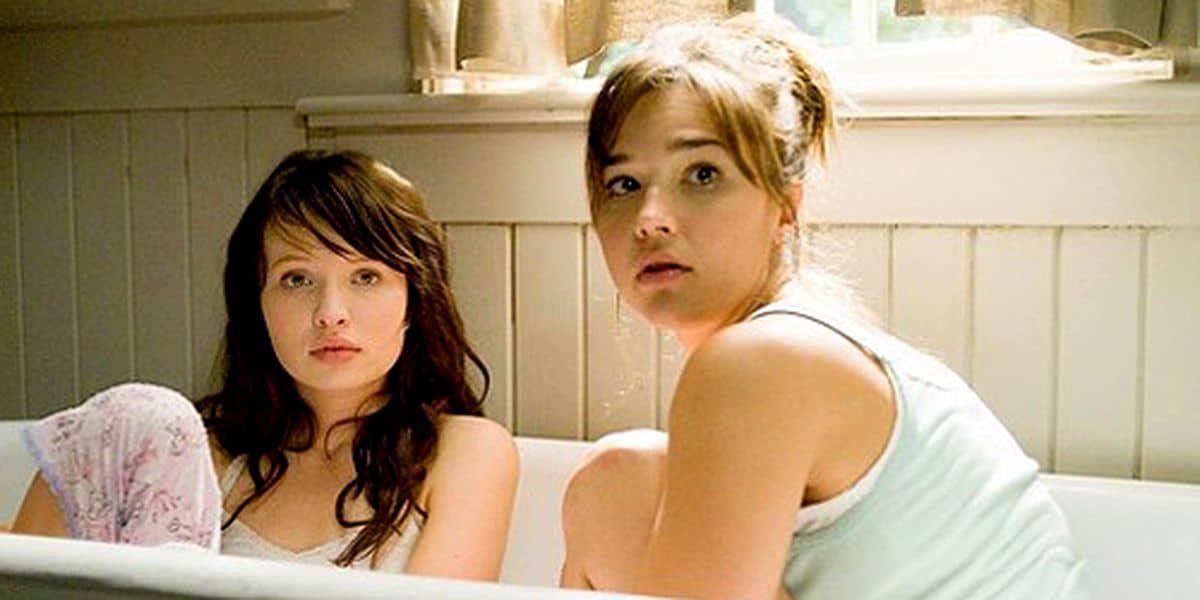
Some of the biggest strong points of Kim Jee-woon's seminal k-horror film “A Tale of Two Sisters” were the atmosphere it set up and the acting, which can easily be said to be among the best in the genre in Korea. The American remake “The Uninvited”, coming six years after the original, decides to cut out almost half an hour of the runtime from the original, losing out on most of the atmosphere and instead relying on jump-scares, taking the edge out of the creepiness of the storyline. Sometimes, more really is better.
10. Death Note (Tetsuro Araki, 2006, Japan) Remake: Death Note (Adam Wingard, 2017)

Oh dear, where to begin with this one? Netflix's American remake of the much-loved anime and Japanese live-actions kept taking missteps all along the way, particularly when it came to the characters. A hormonal Light (here with the last name Turner), an emotionally unhinged L and a general lack of quality scenes involving Ryuk pretty much sucked the soul out of the source material. This one had a big “L” written all over it.






